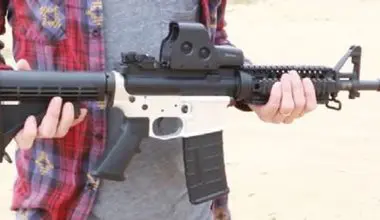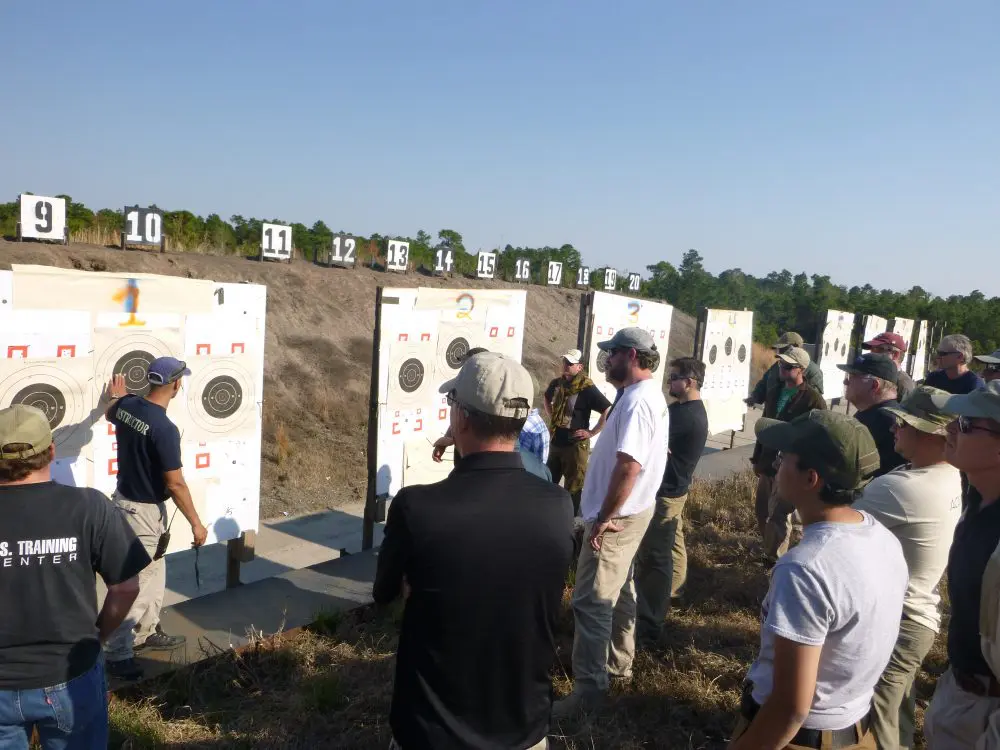Many gun rights advocates and organizations have greeted the election of Donald Trump as President and the Republicans’ retention of both chambers of Congress with triumphant proclamations of, “It’s our turn now.”
The idea is that, after eight years under the presidency of anti-gun Barack Obama, the early days of which featured Democrat majorities in both chambers and in a time punctuated by several high-profile atrocities committed with guns (which were eagerly exploited by the forcible citizen disarmament lobby), gun rights advocates can now shift from defense to offense.
And indeed, at the time of this writing, efforts to move the ball forward for private gun ownership are underway. The “Hearing Protection Act,” to remove firearm sound suppressors from under the oppressive regulatory weight of National Firearms Act authority, has been introduced in both the House and the Senate, and the House version has garnered over 100 sponsors, including one Democrat.
Another bill, the “Concealed Carry Reciprocity Act,” has also been introduced in both chambers of Congress. Under this legislation, every state would have to recognize and honor the concealed carry permits of every other state, and even recognize the right of residents of “Constitutional carry” states, in which the right to carry a defensive firearm is not made contingent on receiving a government-issued permission slip to carry a firearm without such paperwork.
Whether or not either of these bills gets any farther along the path to becoming law than they are now—which isn’t very far—is open to question. But gun rights advocates can point to one bill, admittedly far less ambitious, that has been signed into law.
At the end of February, President Trump signed a bill that rolls back an executive order from very late in Obama’s reign that directed the Social Security Administration to report to the FBI any recipient of Social Security disability benefits whose disabilities included mental health issues, even those as minor as needing help in managing their finances. Those thus reported would be “prohibited persons” and unable to pass a federal background check to purchase a firearm.
That bill, now a law, was certainly needed, but since it nullifies a restriction so new it hadn’t even been implemented yet, it’s hard to call it much of an advance for gun rights.
The other two bills, if they do eventually become law, would certainly be more significant, but can they be considered game changers? Suppressor reform seems a fairly incremental advance, and a concealed carry reciprocity law, by getting the federal government involved in the regulation of concealed carry, could be considered to potentially represent a vast new threat to gun rights, rather than an advance.
If this is truly “our turn,” if it’s our opportunity to advance enforcement of the Second Amendment’s guarantee of our fundamental human right of the individual to keep and bear arms, should we not devote at least some effort toward a swing for the fences? And if some of the muscle for that swing can be mustered from the very words of the gun ban zealots, how can we not make the effort?
The Hughes Amendment, attached to the otherwise pro-gun Gun Owners Protection Act of 1986, has in the decades since its passage blocked private ownership of fully automatic firearms, even for those would-be machine-gun owners willing and able to jump through the draconian regulatory hoops of the National Firearms Act—unless those firearms were already legally privately owned in the U.S. before the law went into effect that year.
This has artificially inflated the cost of such guns and has also stifled innovation, because there is far less incentive to develop new and better fully automatic firearms, since the market for them is so limited.
Crimes committed with legally owned (and therefore registered) machine guns are so few as to be statistically insignificant. Gun ban zealots point to this fact as “proof” that strict licensing, registration, and background check requirements work superbly in reducing crime and violence.
Think about that, and think about the similar requirements they advocate for other guns. Even when they have the oppressive registration, licensing, and screening requirements in place, and even when they credit those requirements for the almost total absence of crime and violence, they still want vastly more draconian regulation.
But perhaps the best argument to use for repealing the Hughes Amendment is the words of the forcible citizen disarmament advocates themselves. In their efforts to ban so-called “assault weapons,” they dismiss the fact that these “weapons of war,” as they call the firearms they want to ban, have no ability to fire in fully automatic mode.
Indeed, in a recently decided case, the Fourth Circuit Court of Appeals rejected a challenge to Maryland’s “assault weapon” ban, in large part because of the supposed insignificance of the difference between fully automatic and semiautomatic firing. From the decision:
The difference between the fully automatic and semiautomatic versions of those firearms is slight. That is, the automatic firing of all the ammunition in a large-capacity thirty-round magazine takes about two seconds, whereas a semiautomatic rifle can empty the same magazine in as little as five seconds. See, e.g., J.A. 1120 (“[S]emiautomatic weapons can be fired at rates of 300 to 500 rounds per minute, making them virtually indistinguishable in practical effect from machineguns.”). Moreover, soldiers and police officers are often advised to choose and use semiautomatic fire, because it is more accurate and lethal than automatic fire in many combat and law enforcement situations.
Setting aside the fact that private ownership and use of “weapons of war” are precisely what the Second Amendment was written to protect, it’s time to confront the gun ban zealots with the fact that if, as they claim, semiautomatic firearms are not substantially less “dangerous” to the public than fully automatic ones, then, obviously, fully automatic guns are not substantially more dangerous than semiautomatic ones.
If that is the case, there can be no justification for freezing the supply of fully automatic firearms, which are already strictly controlled. And if that freeze is not lifted, gun owners have no reason to believe they will not eventually push for the same kind of control over other firearms.
If it’s “our turn” to go on the offensive, it’s their turn to have to go on the defensive—and that’s some pretty indefensible ground they’ve set themselves up on.
A former paratrooper, Kurt Hofmann was paralyzed in a car accident in 2002. The helplessness inherent to confinement to a wheelchair prompted him to explore armed self-defense, only to discover that Illinois denied that right. This inspired him to become active in gun rights advocacy.






